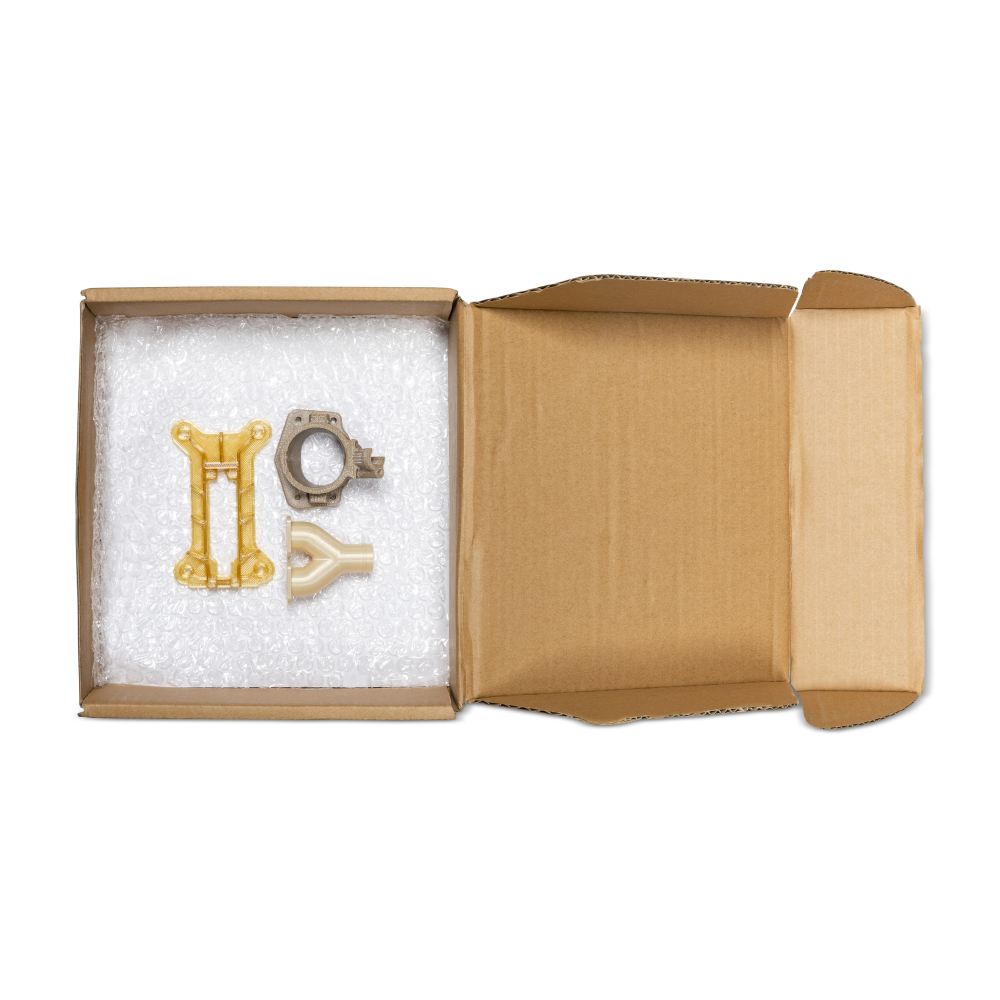After almost three decades of efforts to push activities of well-established 3D printing companies including Objet, Stratasys, Roboze and BigRep to name a few of them, Gil Lavi realized two things:
- “Big companies can deliver valuable insights and products through their R&D projects but do not often have the right tools to launch and commercialize a new product;
- Innovation starts with start-ups.”
With that in mind, Lavi debuted 3D Alliances, with the goal of supporting innovative hardware and software AM companies in their global business and channel expansion. After 25 years in the printing industry (10 years in 2D printing and 15 years in 3D printing/AM), one comes to know the good and the bad sides but also its challenges. With the founder’s expertise and experience, 3D Alliances supports today several AM companies and gathers 1500 3D printing resellers across the world. Furthermore, over time, the company has expanded its offering with two additional services: help companies that seek funding for their venture and channels deployment.
The company works with AM companies such as Essentium, Xact Metal, XJet and recently PostProcess Technologies. Speaking of the gap that 3D Alliances aims to fill, Lavi explains:
“To effectively leverage additive manufacturing, a user will have to deal with key stakeholders: 3D printer manufacturers, various software providers, as well as post-process specialists.
However, a software company that specializes in topology optimization, does not know exactly what happens next. In the same vein, a 3D printer manufacturer does not necessarily know the post-process stage, nor simulation.
On the other hand, we have resellers whose role is to sell 3D printers. What’s the point to sell a 3D printer knowing that it is not the only device in a production environment? As a consulting company, our aim is to connect all of them”, the expert points out.
When asked what enables the company to stand out from the crowd, he adds:
“Most companies usually establish a consulting service within their main business. They usually provide such service while/after using a specific technology. We are probably the only company in the industry that has made consulting its core business.”
This initiative to bridge the gap between 3D printing companies and 3D printing resellers has raised several opportunities for manufacturers and resellers who were looking for new brands to add to their portfolio. 3D Alliances’ solution might even be crucial for companies that aim to implement a “glocal” strategy (understand: both global and local). Indeed, all companies do not always have the resources to ensure the commercialization of their products in several regions, hence the need to rely on a qualified network.
“All of this was great until Covid-19 started…”
“All of this was great until Covid-19 started”, Lavi explains. Indeed, 3D Alliances’s core business works perfectly while addressing manufacturer & reseller’s needs. The Covid-19 pandemic has raised attention on so many aspects of life and work that we did not always take into account or that we took for granted. While it has validated the business model of some companies, it has also triggered the creation of new services within other companies’ activities. As far as Lavi is concerned, he has opened his eyes on the buyers’ needs.
“The Covid-19 has led to the cancellation of several 3D printing/AM shows that are important for buyers that need to connect directly with manufacturers or resellers. Indeed, as 3D printers are usually a big investment for companies, they usually follow different learning stages before making their decision. These stages usually include attending an event, comparing different 3D printers, analysing different specifications, learning more about various technologies via trade press and reaching out to a company for a sample. If they are satisfied with the sample, negotiations can then start.

With 3D Evaluate, our goal is to simplify this evaluation process for the buyer, by finding a way to connect buyers to sellers. Once he browses through the 3D Evaluate platform, a buyer will discover various vendors of the technology he is looking for. He will compare the various technical specifications and if he is interested in a 3D printer, he will apply for a 3D printed sample. Once he has applied for a sample, our role is first to analyse the buyer’s profile and ensure that he is a qualified lead, and that he has the budget to afford the technology he is interested in. Once this stage is complete, we produced a sample that is shipped within a couple of days. Once he gets the 3D printed parts, he will be able to decide with which vendor he would move forward in his purchasing process. We will then connect him with the vendor so that he finalizes his order.”
While he was explaining the vision behind 3D Evaluate, we couldn’t help but ask if this new vision would be profitable for 3D Alliances. Lavi ensures that as both companies are addressing specific needs of the main stakeholders involved in the acquisition of 3D printing technologies, they are actually complimentary:
“Today, 3D Evaluate and 3D Alliances are two complementary services that can provide specific solutions to both vendors and buyers”, the founder continues.
Keeping the feet on the ground…
In the early days of his career, Lavi witnessed the evolution of 2D Printing, a market whose growth is currently shrinking due to the rise of digital tools. Today, he recalls how he started in 3D printing 25 years ago, how much this technology has evolved and what he has learned from AM players:
“I have had the opportunity to work with both big companies and start-ups in the industry. Big players need to adapt their vision, they are often held back by several administrative and regulations constraints when it comes to launch a product.
That’s also why start-ups truly disrupt this industry and brings innovation faster on the ground. I get inspiration from many of these innovators that are developing valuable technologies for the additive manufacturing industry.
However, be it big companies or start-ups, we have to keep our feet on the ground. A lot of companies are developing new technologies but most of them are not always mature. They think that, since they manage to print something in their lab, they can have a viable business model. Vertical industries such as aerospace and automotive have been using traditional manufacturing for decades and it took them a certain time to integrate AM in their activities. Even today, these companies are still evaluating ways to integrate AM into their activities. AM companies should therefore take the right amount of time and should not be in a rush to launch their product as these marketing activities can give a wrong vision of what’s really happening in the industrial field”, Gil Lavi concludes.
Remember, you can post AM job opportunities for free on 3D ADEPT Media or look for a job via our job board. Make sure to follow us on our social networks and subscribe to our weekly newsletter: Facebook, Twitter, LinkedIn & Instagram! If you want to be featured in the next issue of our digital magazine or if you hear a story that needs to be heard, make sure to send it to contact@3dadept.com






